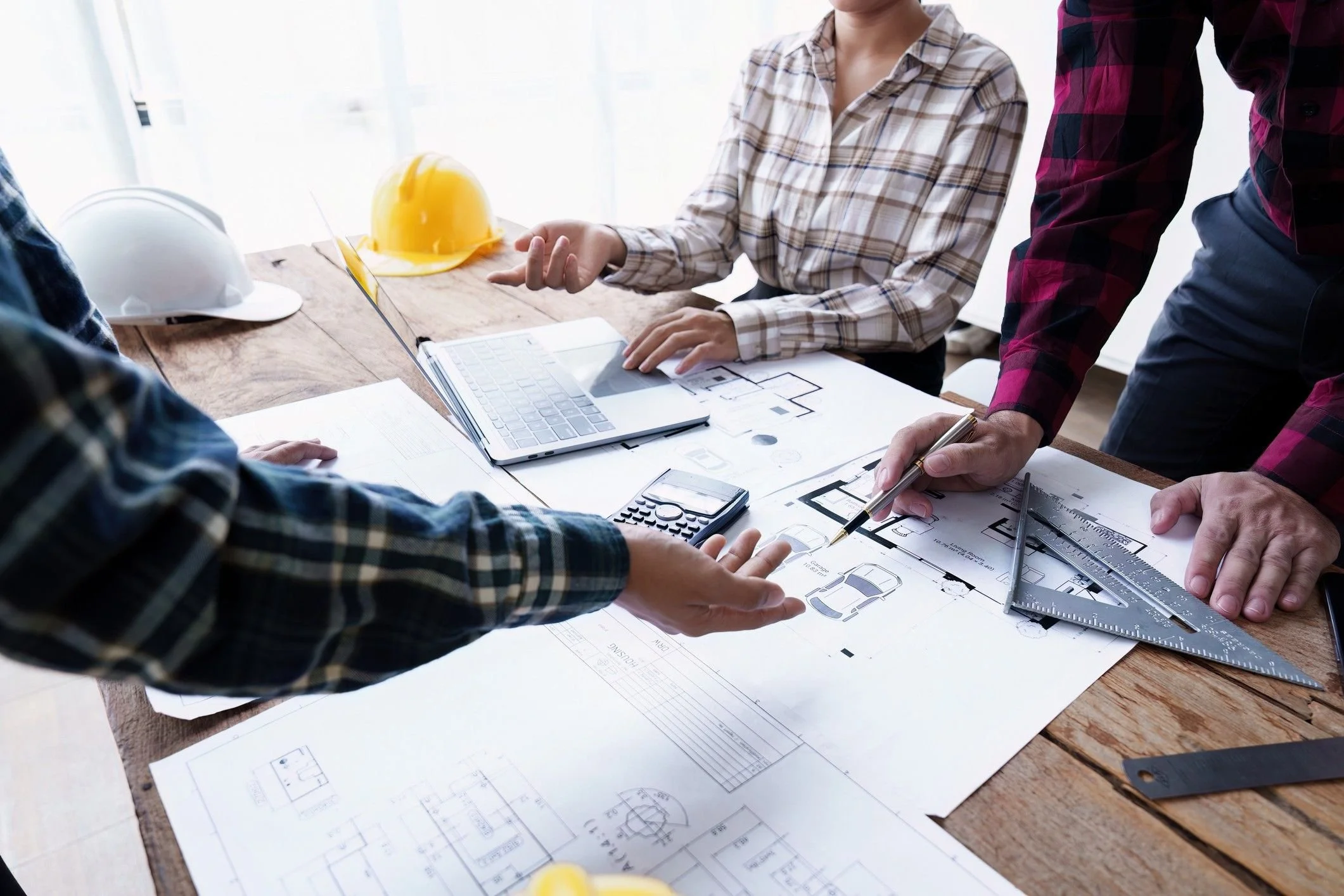[[bpstrwcotob]]

Historic Steel Site Reimagined for Scientific Innovation
A historic steel site in Chicago is being transformed into the Illinois Quantum and Microelectronics Park, a flexible, sustainable, and community-integrated hub designed to support cutting-edge quantum and microelectronics research

Maximizing Lab Efficiency with Flexible Design and Strategic Location
Selecting the right site, creating adaptable lab spaces, and planning operations carefully can help emerging biotech teams scale effectively with minimal disruption

Work Underway on £7M Aspen Building to Expand Oxford’s Innovation Ecosystem
The Oxford Trust has begun construction on the £7 million Aspen Building, a 17,000-sf expansion of the Wood Centre for Innovation in Oxford, designed to provide flexible CL2 laboratory and office space for growing life sciences and deep tech companies while prioritizing sustainability, user wellbeing, and future adaptability

Integrating Lab Infrastructure: Casework as the Core of Cohesive Laboratory Design
At the 2025 Lab Design Conference in Denver, a presentation on Integrating Lab Infrastructure—Casework Solutions highlighted how coordinated planning between architecture and engineering enhances laboratory flexibility, safety, and long-term operational efficiency

Florida’s Semiconductor Growth Accelerates with NeoCity’s Multi-Use Lab
Osceola County’s upcoming 30,000‑sf Multi-Use Lab Building at NeoCity is a flexible, state-funded facility designed to support semiconductor R&D, attract multiple tenants, and serve as a central hub for Florida’s growing high-tech ecosystem

Designing the Undesigned: The Six A's and the Laboratory of the Future
A framework of six principles provides a holistic, data-driven approach to designing flexible, sustainable laboratories that can evolve with the science of the future

Breaking Ground on Energy Innovation: RTI Scales Up Pilot Xcelerator
RTI International is expanding its Pilot Xcelerator facility in Research Triangle Park to provide flexible, pilot-scale infrastructure that accelerates the development and commercialization of clean energy technologies, including renewable fuels, carbon capture, and industrial decarbonization

When Labs Don’t Launch: Lessons from Recent Market Shifts
Lab redevelopment projects are increasingly being scrapped or repurposed due to market oversupply, shifting corporate priorities, regulatory uncertainty, financial risk, and timing challenges, highlighting the need for flexible design and careful planning

Enveda’s Biophilic Vision Earns Excellence in Small Project Design
Enveda Biosciences’ Boulder headquarters—winner of the 2025 Design Excellence Award for Small Project Design—transforms a former office building into a flexible, biophilic life sciences facility that embodies the company’s mission of “unlocking nature’s potential” through sustainable design, operational efficiency, and a deep connection between people, science, and the natural world

Leveraging Lab Design in a Shifting Life Science Market: Designing for Adaptability
In today’s shifting life science market, companies and building owners must prioritize adaptable, technology-ready lab designs that align with growth stage, specialized programmatic needs, and emerging trends, using early planning and feasibility studies to turn market volatility into competitive advantage
